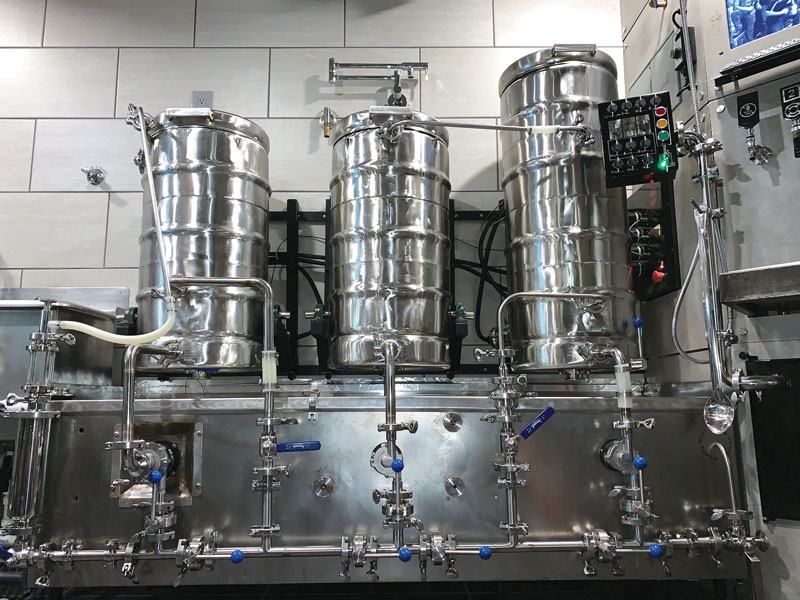Mr. Wizard
Sparge Temperatures
I remember when I first began homebrewing back in 1986 and almost immediately wanted to start brewing all-grain. At that time the information related to homebrewing was a little more difficult to
Wild Yeast Pitch Rates
Pitching rates for wild yeast and bacteria are really all over the place. Brettanomyces species can be used in place of Saccharomyces species for the primary fermentation of wort into beer. Brettanomyces
Double filtering homebrew
The first question that really should be answered is why do brewers filter beer? Some brewers filter beer to make it clear and pretty, some filter beer so that they don’t have
Why do some grains need to be malted?
Grains are malted so that starch contained in the grain endosperm can be released into solution during mashing. The changes that happen during malting are collectively termed modification. And the thing that
Starches in the Mash
This is really a great question and one that brewers started contemplating shortly after RIMS (recirculating infusion mashing systems) brewing became popular. The two main goals of malt milling are particle size
Making Kettle Sours
It took a while for brewers outside of the small sour brewing centers of Belgium and Germany to produce excellent sours because so much of the science and practice of sour beer
Tracking Sugar Content of a Cider
Most homemade ciders, unless specially handled, ferment out completely and contain very little residual sugars. This is because apple juice mainly contains fermentable sugars (fructose, sucrose, and glucose), and smaller amounts of
The Low Down on Water Softeners for Brewing
I want to recap a few things before suggesting a solution to your water woes. Before your move, you had soft water that worked well for brewing. Now you have water from
The Importance of Brewing Ingredients
In full disclosure, I work for BSG, a wholly owned subsidiary of Rahr Malting Company in Shakopee, Minnesota, and do bring some bias with the answer that follows. BSG sells malt, hops,
Hydrometer Isn’t Reading Correctly
The short answer to your question is that this offset is linear, and you can simply subtract 0.004 from the measured density at 60 ˚F (16 °C) to correct for the error
Setting the Record Straight on Mash pH
There are some answers that I write where I know that I am stepping into a gray area, and my very brief sidebar about pH jumped square in the middle of the
